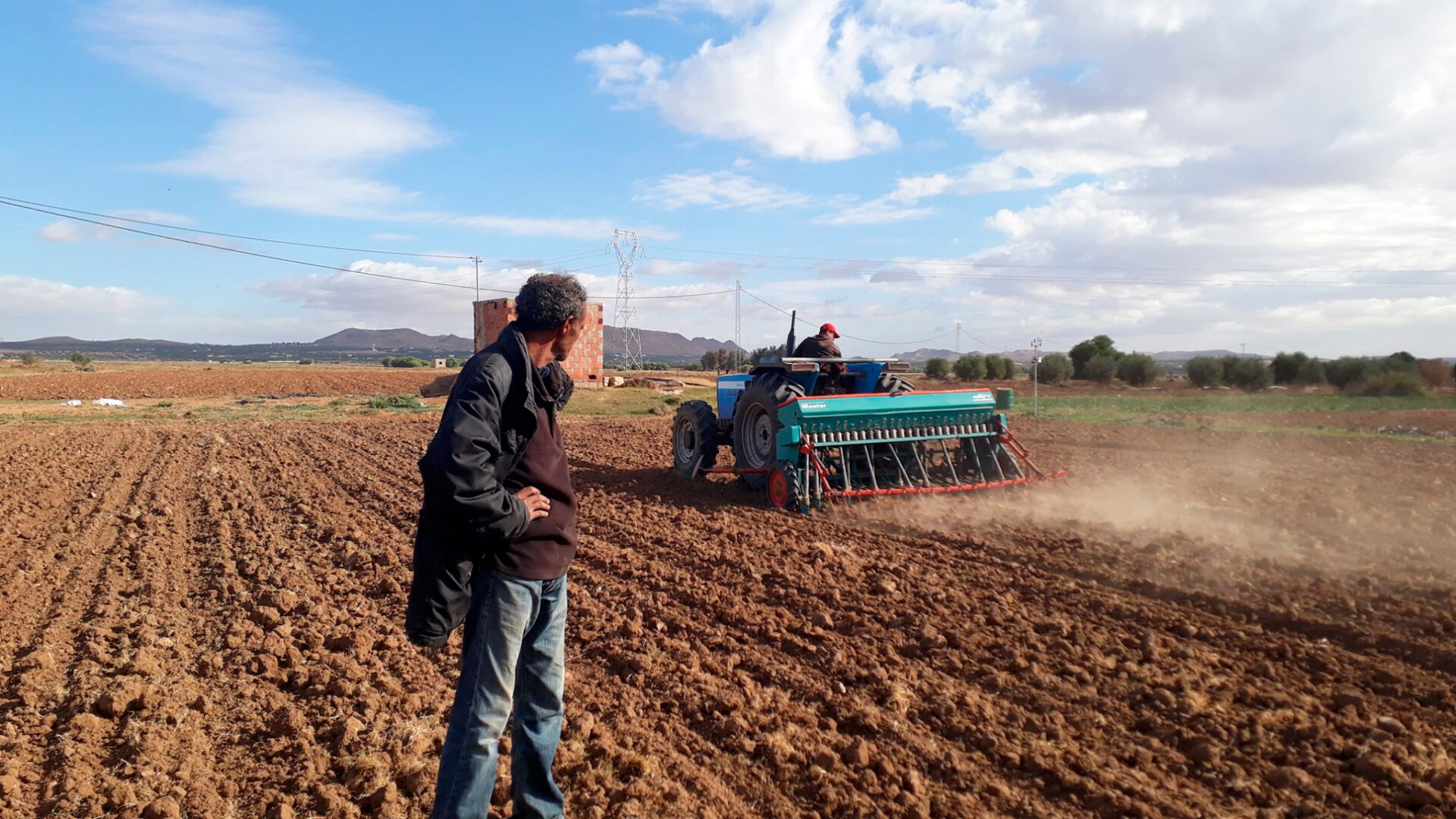Approach & Methodology
The imminent freshwater scarcity crisis in the Mediterranean region driven by the simultaneous impact of climate change and population growth renders effective water resources management a challenging task. EMPOWERMed’s approach acknowledges that water management involves more than technical solutions, engaging with political, economic, and social factors. Therefore, the project approach integrates socioeconomics, policy analysis, hydrology, hydrological modelling, and advanced technologies like remote sensing, alongside agricultural insights.
For the supply side, EMPOWERMed will focus on the critical practice of inter-basin water transfer, which is particularly relevant in Mediterranean countries faced with uneven geographical distribution of water resources. On the demand side, the project targets enhancing water accounting within the agricultural sector identified as the largest water consumers, with focus on demonstration sites in Morocco, Tunisia, and Turkey.
The EMPOWERMed project aligns with the UN’s Agenda 2030, supporting key Sustainable Development Goals (SDGs) to advance socio-economic growth, equity, efficiency, and sustainability. It enhances food security (SDG 2) through innovative water management techniques (with a specific focus on the agricultural water use efficiency), promotes gender equality (SDG 5) by ensuring women’s access to water during scarcity, and improves water and sanitation (SDG 6) via advanced technologies. The initiative also aims to reduce inequalities (SDG 10) with a focus on rural women and children, encourages eco-efficient practices for sustainable consumption (SDG 12), and develops resilience against climate variability (SDG 13). This approach integrates scientific research and technological innovation for sustainable development.
EMPOWERMed implements a multidisciplinary workflow combining:
- Hydrological Modelling: Coupling SWAT (Soil and Water Assessment Tool) with Water Accounting Plus (WA+) for basin‑scale flow simulation and transfer optimisation.
- Remote Sensing & pyWaPOR: Generating high‑resolution evapotranspiration, soil‑moisture and biomass maps to fill in-situ data gaps.
- IoT Sensor Networks: Deploying soil‑moisture probes and drone imagery in precision‑agriculture pilots (olive, citrus, cotton, vineyards).
- Participatory Living Labs: Co‑designing and testing interventions with local stakeholders in Morocco (Sebou, Bouregreg), Tunisia (Nebhana), Türkiye (Menemen) and Jordan (Yarmouk, Disi).
- Machine‑Learning Analytics: Analysing multi‑source datasets for anomaly detection, scenario testing and adaptive management.
This integrated methodology ensures both technical robustness and socio‑institutional relevance, enabling evidence‑based policy recommendations and scalable DSS solutions.
